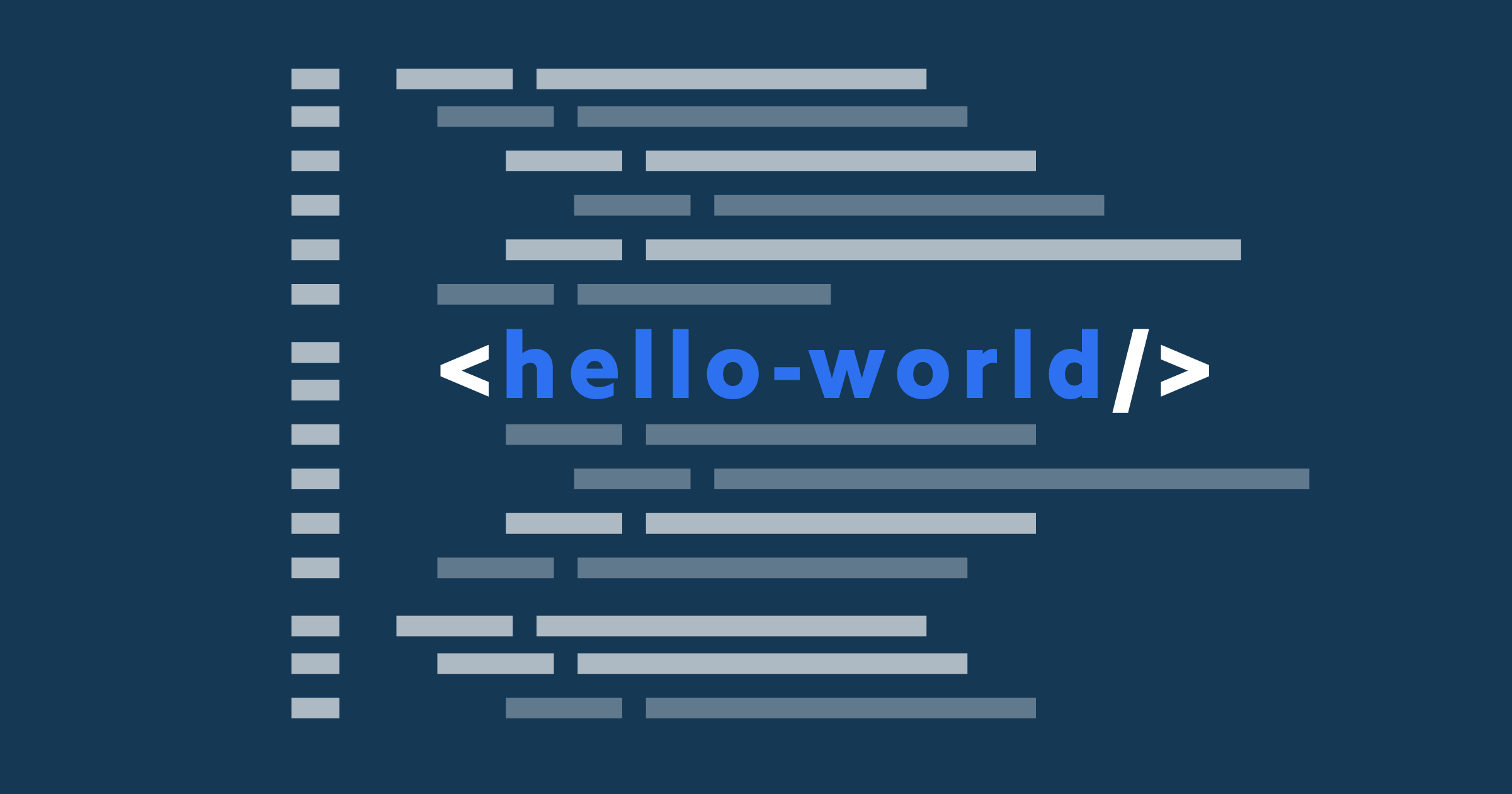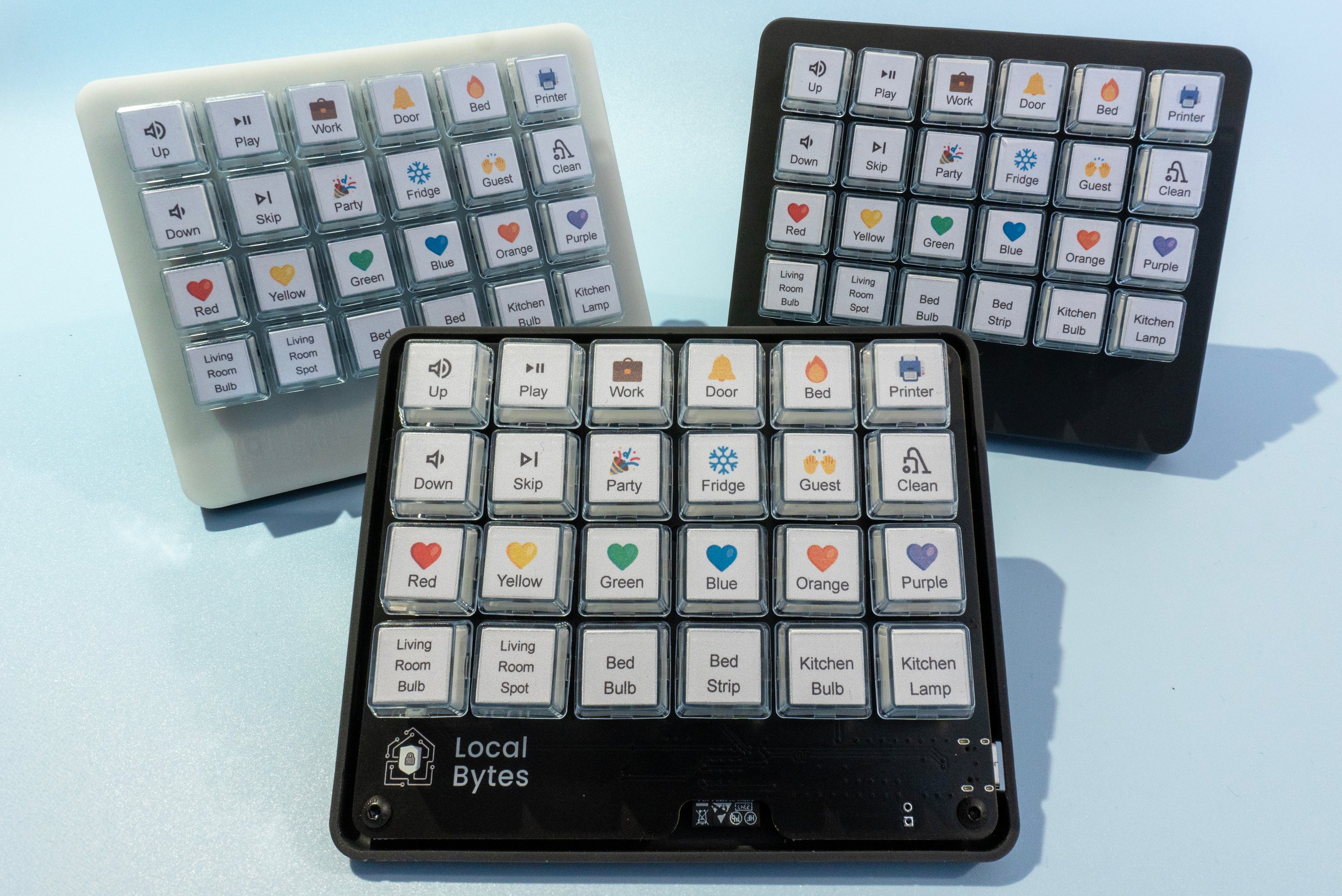Over the past four years of running Local Bytes, I have had multiple people ask me how to get started, and what to
buy.
But I shan't lie, that is not a simple question to answer.
In this blog post, I hope to give you an idea of what's required to get started, and the approach I take when tackling such a loaded question.
Defining your goals
It would be wrong for me not to acknowledge that every smart home serves a different occupant. As such I think it's important to recognise that every individual will have different goals that they wish to achieve.
For example, I know a lot of people who value simplicity, ease of setup, and stuff that just works. However, if you're reading this, you probably value privacy, local control, and offline resilience (your house not breaking when your internet does).
As such, when you're looking to get started within the modern smart home, you must evaluate what you want to achieve from your smart home.
For myself, I valued ownership and control. I did not want technology in my house that I did not completely control. I valued not having to worry about a third party cutting me off. As a bit of background, by trade I'm a software developer, focussing mainly on the backend, typically in PHP. Whenever I've used any automation tooling in the past, I've always felt a little restricted. So my goals included the ability to drop into the nitty-gritty when I felt the need to. Whereas, for less technical users, that may not be high up on the list.
Choosing a hub
Once you have understood your goals, you can then think about whether you want, or need, a hub.
It's important to understand that not everyone needs a hub. If your goals favour simplicity and low maintenance, you may be best off going down the root of a hub-less ecosystem. An example of this could mean using devices that all speak to Google Home, or Apple's HomeKit, or using ecosystems such as Smart Life and IFTTT. If that is you, that's completely OK! There's a lot of people who will never need or want the functionality that a hub can provide. You may even start off choosing devices that come with their own hub, like Philips Hue. Pathways like this can be fantastic, as those devices can be reused if and when you choose a hub.
That said, more technical users and enthusiasts are likely to go down the route of running a software-based hub on hardware such as a Raspberry Pi!
We'll take a look at a few of the common ones, but it's important to do your own research into what works best for you!
Home Assistant
This blog post would not be complete without mentioning Home Assistant. First released in 2013, Home Assistant is a python based open source home automation software. It's most commonly run on a Raspberry Pi, and has over 300,000 active installations.
If you're technical, I would have zero hesitation in recommending Home Assistant to be at the heart of your smart home!
Hubitat
For a more Plug & Play solution, you may want to check out Hubitat.
A smart home is more than controlling lights with an app. It’s about devices that do what they should do, when they should do it, and execute without delay. This is the promise of true home automation. And this is what you will experience with local processing, custom automations and wide-ranging compatibility of the Hubitat Elevation hub.
Node-RED
Before moving on, I thought it was important to mention Node-RED. Node-RED is an incredibly powerful low code programming tool for event driven applications. On its own, I would not consider it a home automation hub. However, when combined with a hub such as Home Assistant, you can unlock an incredible amount of power without the need to touch a line of code!
Choosing a Protocol
With a plethora of protocols floating around, we need to take a step back and see what we're dealing with.
You've probably heard of Wi-Fi, MQTT, ESPHome, Zigbee, Z-Wave, Matter, Thread, and BLE.
Each will have its own tradeoffs and limitations, but will also have their own benefits. Typically, I'd recommend keeping to a few where possible for the best experience.
WiFi, MQTT, Tasmota, and ESPHome
I'm sure we all know what WiFi is. There are a lot of WiFi Devices on the market. It's important to note, WiFi does not implicitly mean local control!
If the device you're looking at says "SmartLife" then it'll be connecting to the Tuya Smart Life ecosystem.
MQTT is a communication protocol that can be used over WiFi. You'll most commonly see that on Tasmota devices. Devices that speak MQTT will very commonly be compatible with Home Assistant.
Tasmota & ESPHome are both open-source firmwares (Software that runs at a very low level). If you're the type of person.
You are unlikely to need any additional hardware to add a WiFi based device to your home-automation system.
Zigbee and Z-Wave
Both Zigbee and Z-Wave are mesh networks that work in similar ways. We've published an introduction to Zigbee and mesh networking in KB / Getting Started with Zigbee / Example Network.
Mesh networks like these can be great for low-power devices, such as sensors. Such devices can run for years on just a coin-cell battery. Additionally, simple powered devices may also use Zigbee, such as bulbs like Philips Hue.
Z-Wave is often associated with more premium devices, as they have a stricter set of requirements to comply with their specification. As a result, Z-Wave devices will often work with fewer kinks.
Zigbee has a lower barrier to entry, and as such, you'll see more affordable Zigbee devices on the market. We stock a fair amount of Zigbee devices, and even offer a discounted bundle, so you can try a mix of them!
Zigbee is inherently local! You are likely to need a hub with support for Zigbee and Z-Wave. Some pre-built hubs will support one or the other, but, you can get USB dongles if not!
Bluetooth and BLE (Bluetooth Low Energy)
You may see a few devices that operate over BLE. This is less common in the modern smart home, but is worth mentioning.
You may find that some of the devices you already have are also emitting data over BLE (such as weather stations), or even your Toothbrush. That said, one of the more common uses of BLE is for health-based devices, or locator beacons.
Bluetooth is inherently local! Bluetooth is more common to find on hubs than Zigbee & Z-Wave, as it's built into various devices such as the Raspberry Pi, but you may need a separate dongle.
Thread & Matter
Matter is the new kid on the block, and certainly looks promising. It's a set of standards that define how smart devices should communicate with each other.
Zigbee and Thread use the same ratio-protocols, so you may find some dongles (like the Sonoff ZBDongle) support both at the same time.
If you're using a hub, it probably won't matter too much to you, but you may have an easier time finding locally controllable devices that support Matter, as the spec requires a local API. That said, a device that uses matter, may also connect to its own cloud.
Setting things up
Right, you've chosen a hub, and you're planning to try and stick to WiFi and Zigbee where possible. The next thing to do is buy a bunch of devices and set them up, right? Wrong!
If you're new to the smart home it can be very tempting to spend some time on the Internet and then buy as many cool things as you can. However, it's important to take your time. Some of the best automations that I have implemented are the simple ones that connect to devices I already use on a day-to-day basis.
A smart device that doesn't work on its own isn't very smart. A smart device that isn't very smart isn't a smart device, It's actually quite a dumb device.
As you build out smart home and replace existing devices, it's vitally important to retain your existing functionality. For example, anytime I replace a regular light with a smart bulb, I also add a Zigbee button to replace the light switch. This means muscle memory actions, like turning a light on when you walk in a room, are not impacted.
Moving forward, you can start to add new ways to control those devices, and augment your life. Such as adding motion sensors to automatically turn the lights on.
Conclusion
To conclude, we've taken a look at some of the key points you should be thinking about when getting started with a smart home.
Don't be afraid to start slow and grow from there, some of my most exciting days when starting off was when I installed Home Assistant on a Pi (we've got a video guide for that too) and seeing what it could interact with.
Simple things like turning on our hallway lamp when pausing the Chromecast (as that usually meant we were going to the kitchen) made subtle, non-invasive improvements to our life.
But if you get lost, we'll always be here to help! Until next time, thanks for reading.



